How Cycling Can Cause Groin Pain (Adductor Pain)
Do you get groin pain while cycling? It's most likely related to your adductors. Let's have a look at some of the muscles involved and their contribution to the pedal stroke. We're be using the Gait2392 OpenSim model for the images.
Muscles That Can Cause Groin Pain
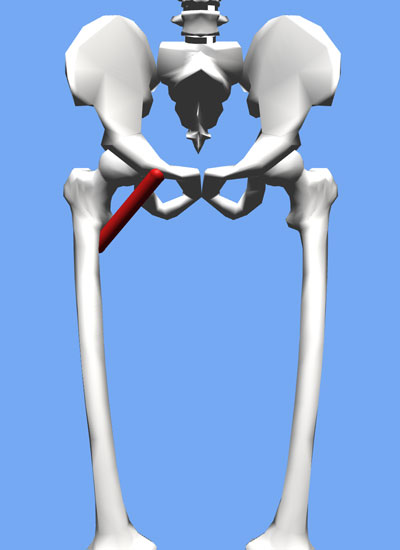
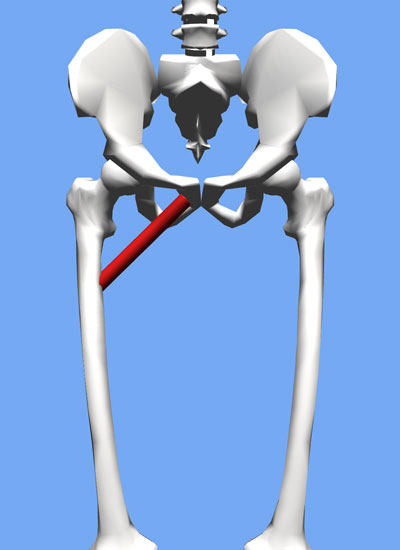
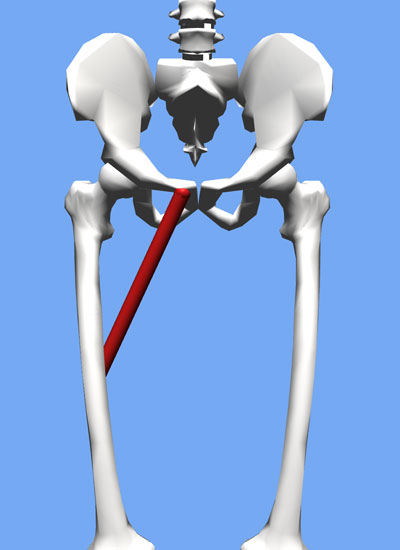
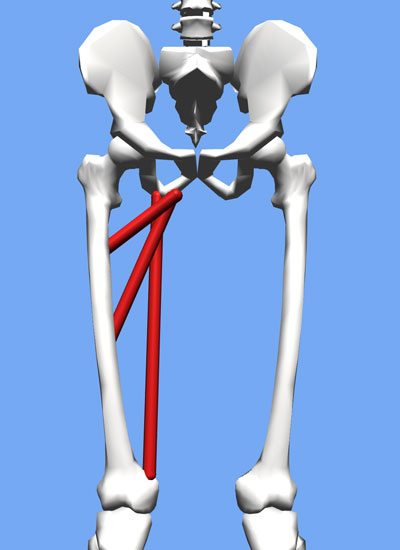
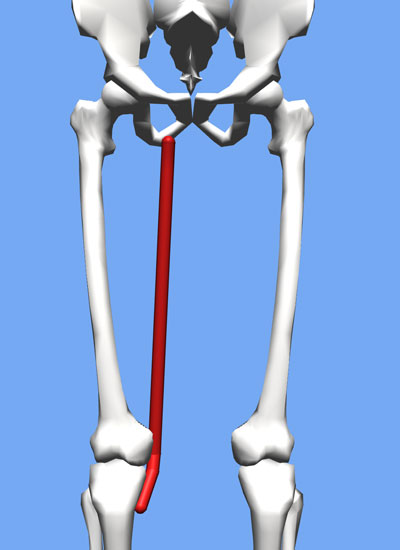
The muscles of most interest to us are the following (from highest attachment point to lowest):
Adductor Contribution to the Pedal Stroke
Here are a few diagrams of the motion of these muscles:
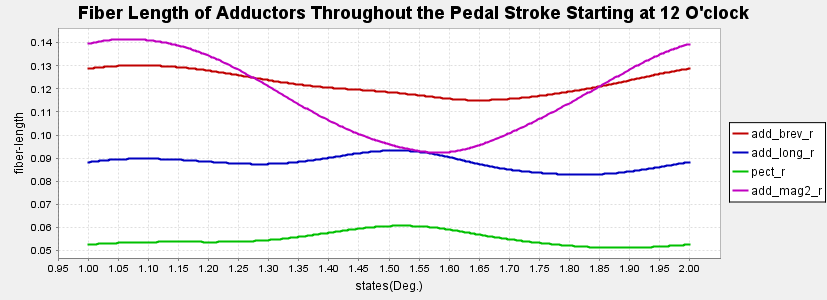
These diagrams are from the top of the pedal stroke, around to the top again, so the middle is 6 o'clock on the pedal stroke. It's evident that there is an insignificant change in fiber length of the adductor brevis/longus and pectineus, but the adductor magnus changes in length significantly. The adductor magnus is represented as three different lines of action because the muscle stretches so far along the femur. The above diagram shows the middle line of action.
The main reason for the difference in recruitment of the adductor magnus is due to its origin in the pelvis. Look at how the adductor magnus attaches to the back side of the pelvis whereas the other adductors connect to the front. This posterior attachment allows the adductor magnus to be used in hip extension.
Gracilis Pain Causes
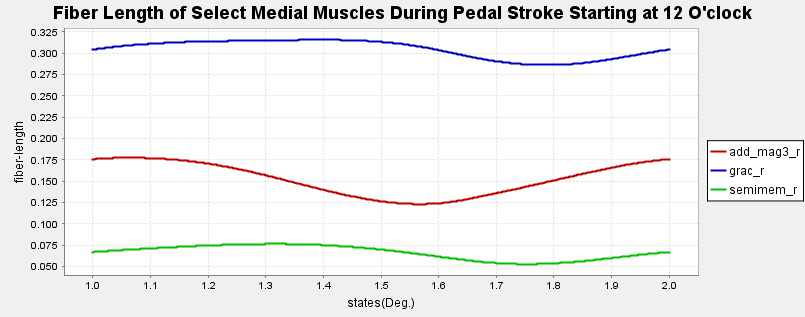
The gracilis is a unique adductor because it crosses the knee. It actually tends to act more like a hamstring than an adductor, especially during the pedal stroke. The diagram below shows the fiber length change of the gracilis (blue), semimembranosus (green, medial hamstring muscle), and the longest line of action of the adductor magnus (red) which does not cross the knee. See how the shape of the gracilis and semimembranosus are similar, with significant length change on the back side of the pedal stroke? The adductor magnus is largely a hip extensor during the pedal stroke whereas the gracilis is largely a knee flexor.
Gracilis pain is common for individuals with hamstring related issues. Although the gracilis is an adductor, its movement pattern is so similar to the hamstrings that it's likely its function is the same in the pedal stroke. Pain in the gracilis could occur from underactive hamstrings shifting the fatigue to the more active gracilis. Hamstring stretches or activation could be a solution.
Probable Pain Causes
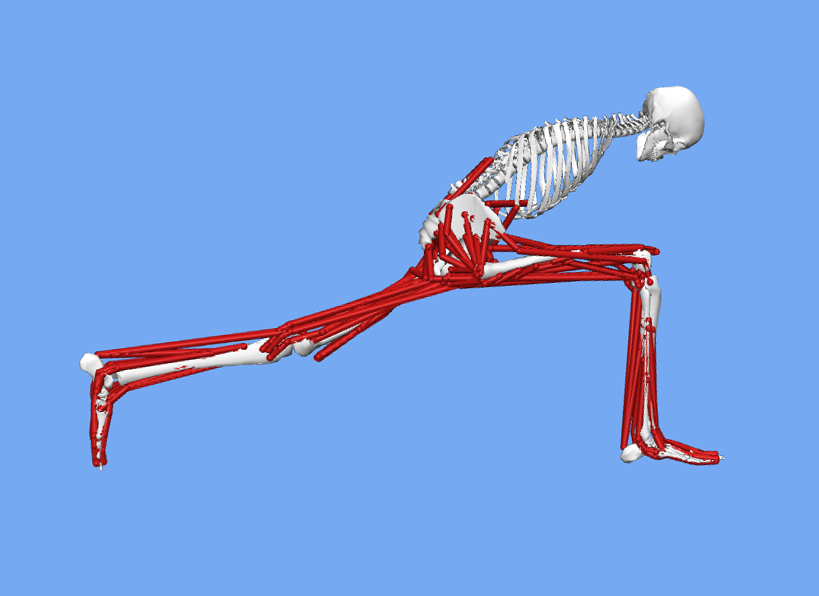
The adductor magnus and gracilis are the two muscles that contribute the most to the pedal stroke. If a rider has pain in their groin or in their adductors, these two muscles should be obvious candidates for further investigation.
The adductor magnus can act as a hip extensor, and it's possible that riders with weak glutes may have excessive fatigue in their adductor magnus to compensate for the lack of force production. A good stretch for the adductor magnus is the 'runner's lunge stretch' with the elbow placed on the ground inside the front foot. The butterfly stretch, which is the traditional stretch for the adductors, is also a good option of course.
The gracilis, as we noted, acts largely as a knee flexor, like the hamstrings. Stretching the gracilis is similar to stretching the hamstrings, but one should open their stretching leg outward (abduction) to further lengthen the gracilis and achieve a good stretch.
In conclusion, if you want to know why your inner thigh is sore or you have groin pain while cycling: well it could be any of these muscles, they are all activated during cycling. It may also be prudent to see if the your pain is actually hip flexor pain. If simple stretching and rest can't solve the problem, then maybe it's time to see a professional.